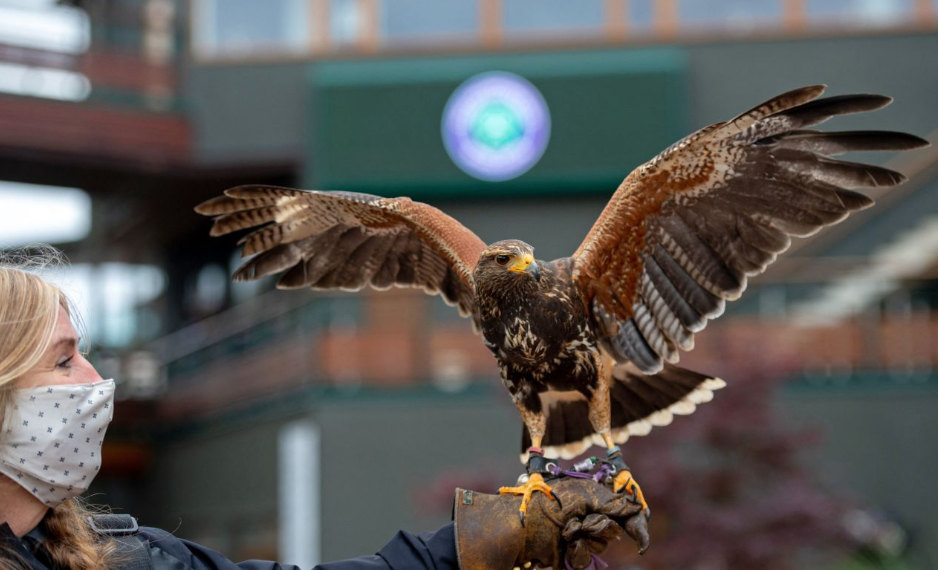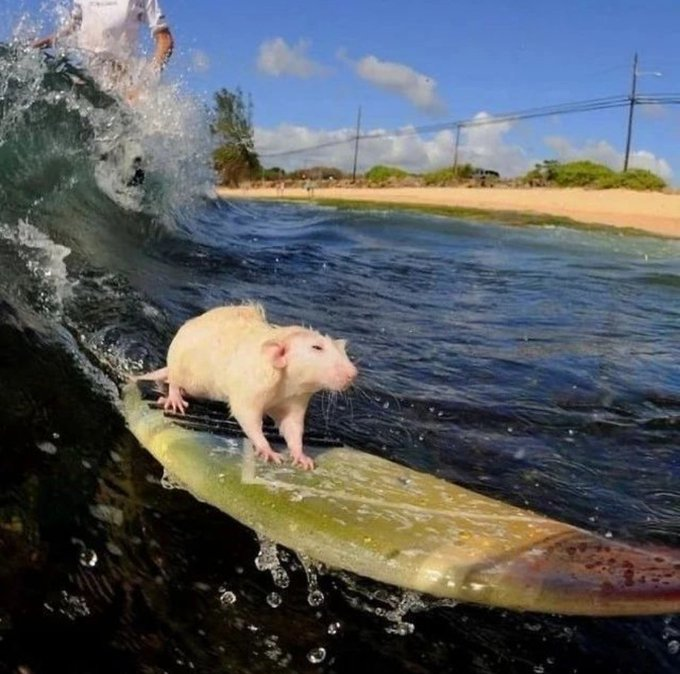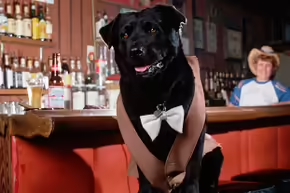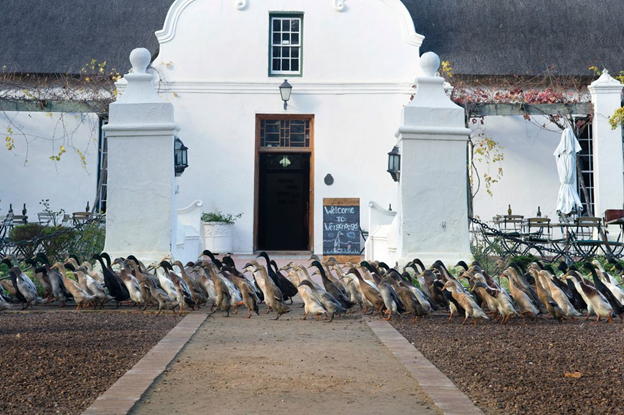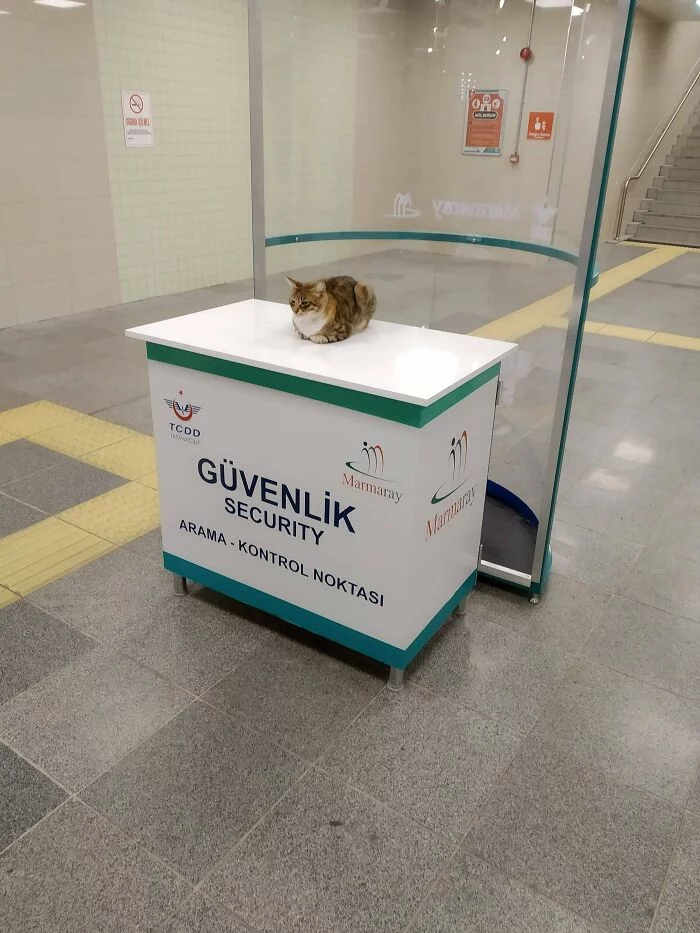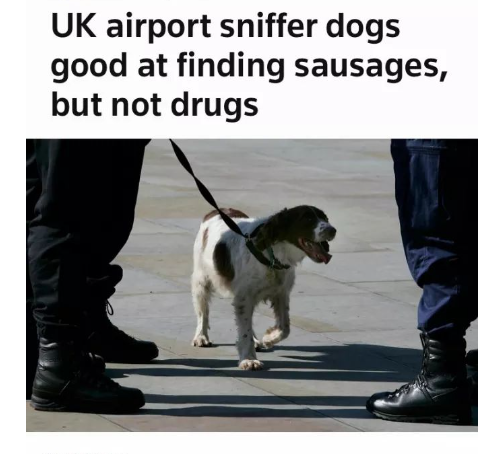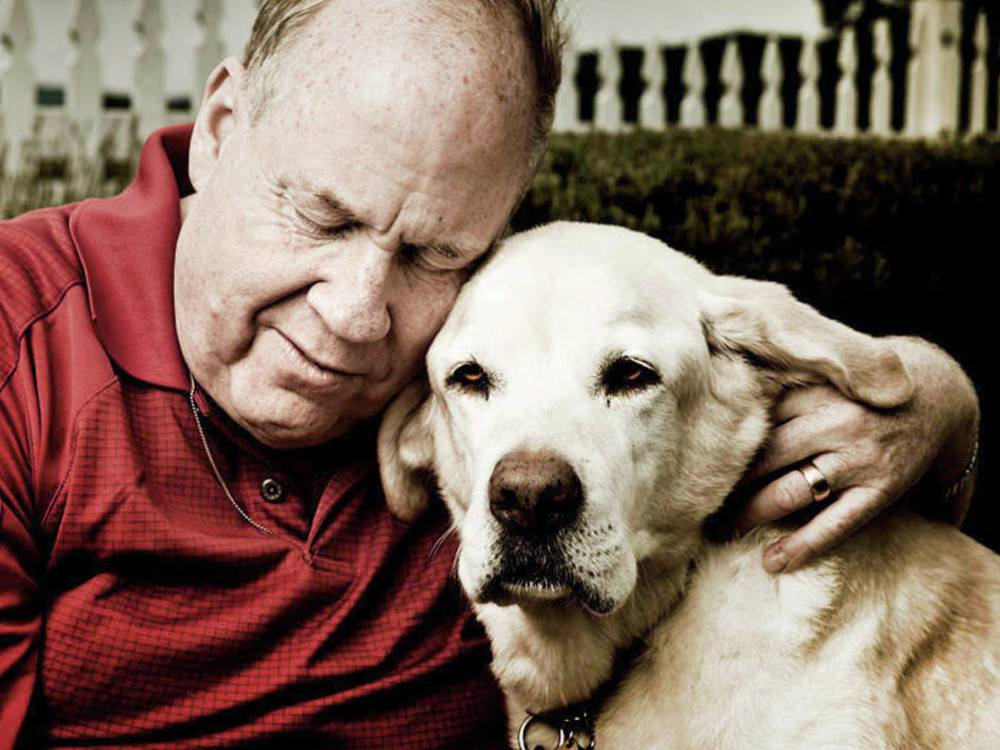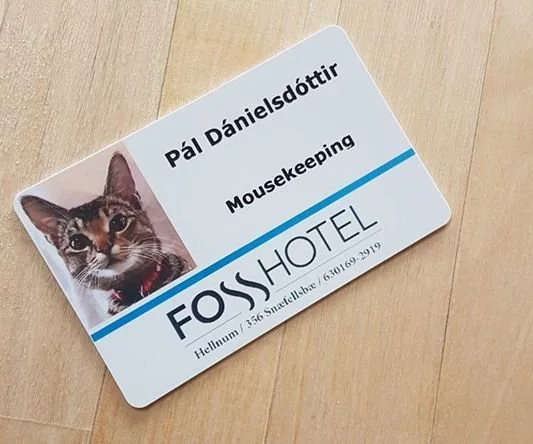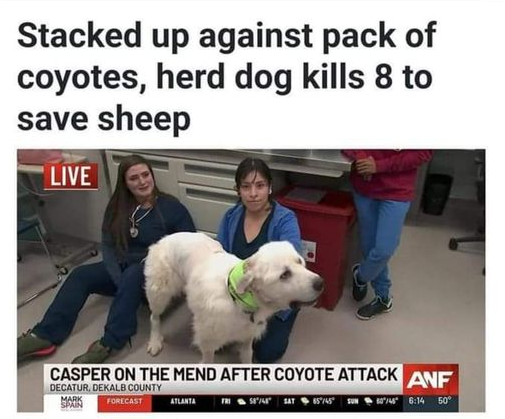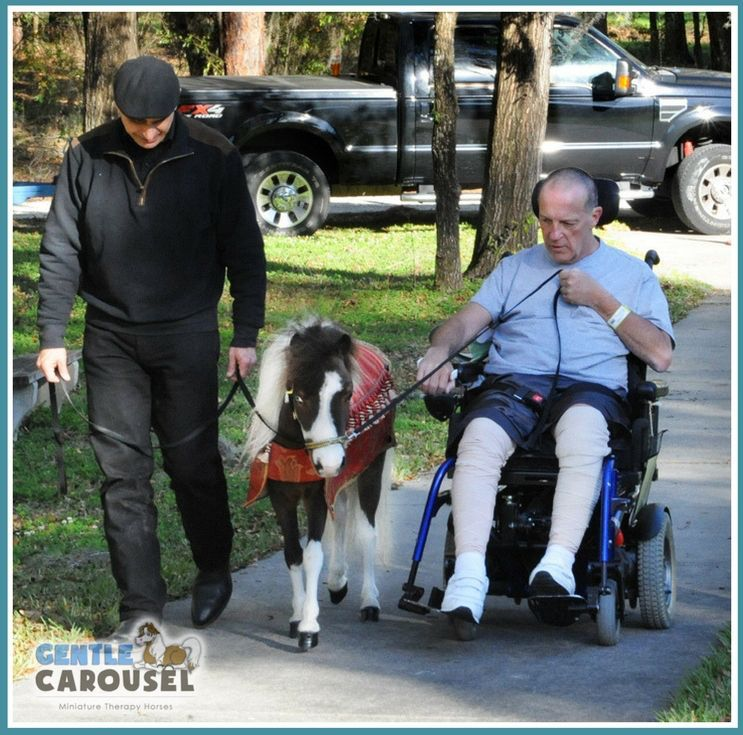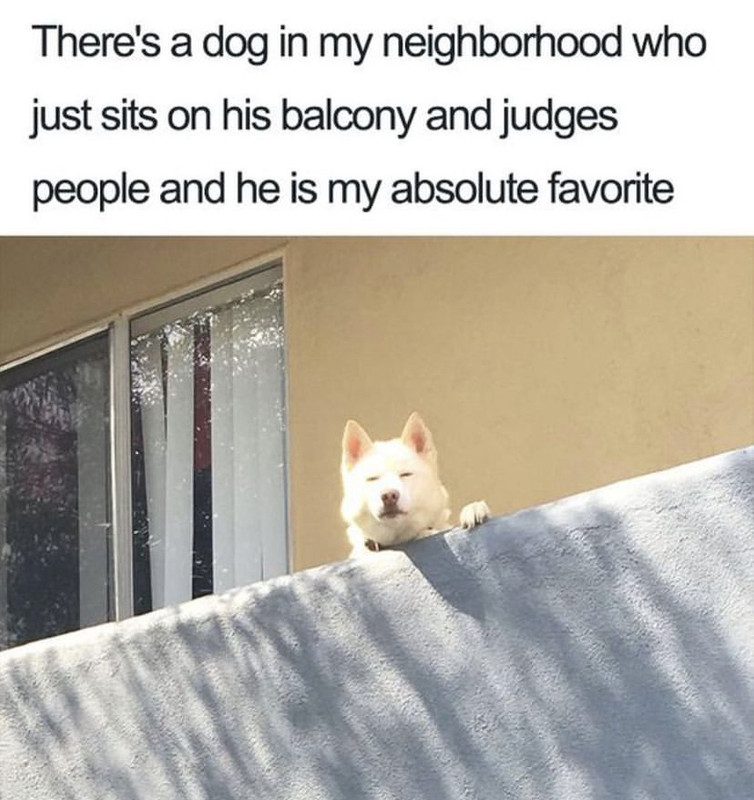This as-told-to essay is based on a conversation with Donna Davis, the 55-year-old director of Avian Environmental Consultants. It has been edited for length and clarity.
In 1985, I set up Avian Environmental Consultants with my husband. We flew hawks and falcons at Royal Air Force bases and flour mills in the UK to scare off gulls and pigeons; I never thought the 153-year-old All England Club would become our office.
I've always been a tennis fan, but there was one match in particular that I remember watching: when Pete Sampras played at Wimbledon in 1999.
Right in the middle of the action, a pigeon landed on the grass court and stopped play.
When this — frequently — happened, a ball boy or girl would try to chase the interloper away, but I knew I had the solution
His name was Hamish. He was a Harris's hawk, weighed about 1 pound, 7 ounces, had a wingspan of 120 centimeters, and flew at speeds of up to 28 mph. I gave the All England Club a call, offered Hamish's services, and within weeks he became the chief bird scarer and patrolled the grounds regularly.
Each week, Hamish would patrol the club to stop pigeons from roosting in the grounds and chase them away from the lawns, where they would land to nibble at the grass seed. His grandson — Rufus — has now followed in his footsteps and, after working at Wimbledon for 14 years, is a firm fixture of the tournament.
Not only do professional tennis players such as Rafael Nadal and Andy Murray ask to meet him, but one American fan chose to dress like Rufus, and other fans follow Rufus on Twitter.
We live on a farm in Northamptonshire, but during the tournament we stay in Wimbledon Village.
As it's a family business, my husband, my daughter, or myself will wake at 3:30 a.m. on competition day and be on the site by 4:30 a.m. with Rufus. We also take two other hawks — Castor and Pollux — to help split the work.
As soon as we arrive at the court, we make sure they have their GPS trackers on and weigh them to check they are at their ideal flying weight of 1 pound, 7 ounces.
If they are too heavy, they have eaten too much and won't be in the mood to chase pigeons.
Our first port of call is Centre Court, where I release Rufus
At this time of day, we have the place to ourselves, and it's magical. To be working and flying hawks here is unreal.
When you bring a hawk to a new venue, you need to show it where it needs to look through hand signals. However, after 14 years, Rufus knows that he needs to check under the roof to see if there are any pigeons roosting, and fly over Murray's Mount — where the avian invaders could be snacking on picnic remnants.
Usually, the patrol goes smoothly. Occasionally, one of the hawks may mistake a BBC sound boom for a rabbit and try to grab it.
Rufus is a wild bird, so he will sometimes bask in the sun on the court roof or fly over to the nearby golf club to take a bath in a water feature. He only comes back for food, which is a diet of quail, day-old chicks, or pigeon. It wouldn't be ideal if he caught a pigeon himself; he wouldn't be interested in coming back to me.
The birds will patrol the courts for 95 pounds per hour until 9 a.m., when the crowds start to arrive. Castor and Pollux may go back to their aviary at our rented home where they can relax and have a bath, and Rufus may stay to do his media rounds.
We only truly had one stressful time bringing the hawks to Wimbledon
In 2012, someone stole Rufus from our vehicle. But luckily, with all the media interest, the kidnapper apparently gave up and three days later a passerby found Rufus in his cage, unharmed, on Wimbledon Common.
We bring the hawks to the venues from an early age so they can get used to the sights and sounds of the city. However, Harris's hawks are very placid: We can train one within three weeks through food. They start to fly free once they get used to us feeding them.
We start by placing the hawk on a perch and attaching the bird to a light cord called a creance. We will show the hawk the food in our gloved hand, and the bird will simply hop to the fist to claim its reward.
The following day, you will step further back and repeat the process. By the time we are three meters away from its perch and the hawk is flying to our hands to receive food, we are comfortable to let it fly free: It now knows that we are a food source.
We also work with peregrine falcons and gyrfalcons
While the hawks will scare off the pigeons, we use the larger falcons to scare away any gulls.
For the Queen's Jubilee, we worked at St. Paul's Cathedral and used our birds to scare away the gulls that dive-bombed the camera crews and security.
Being able to use an ancient art form as a sustainable solution in the modern, urban landscape is incredible. The pigeons don't get hurt; they just know they need to roost elsewhere.
We are not afraid that Rufus will retire in the near future. The world's oldest Harris's hawk in captivity is over 30, so Rufus is just going through his teenage phase.
